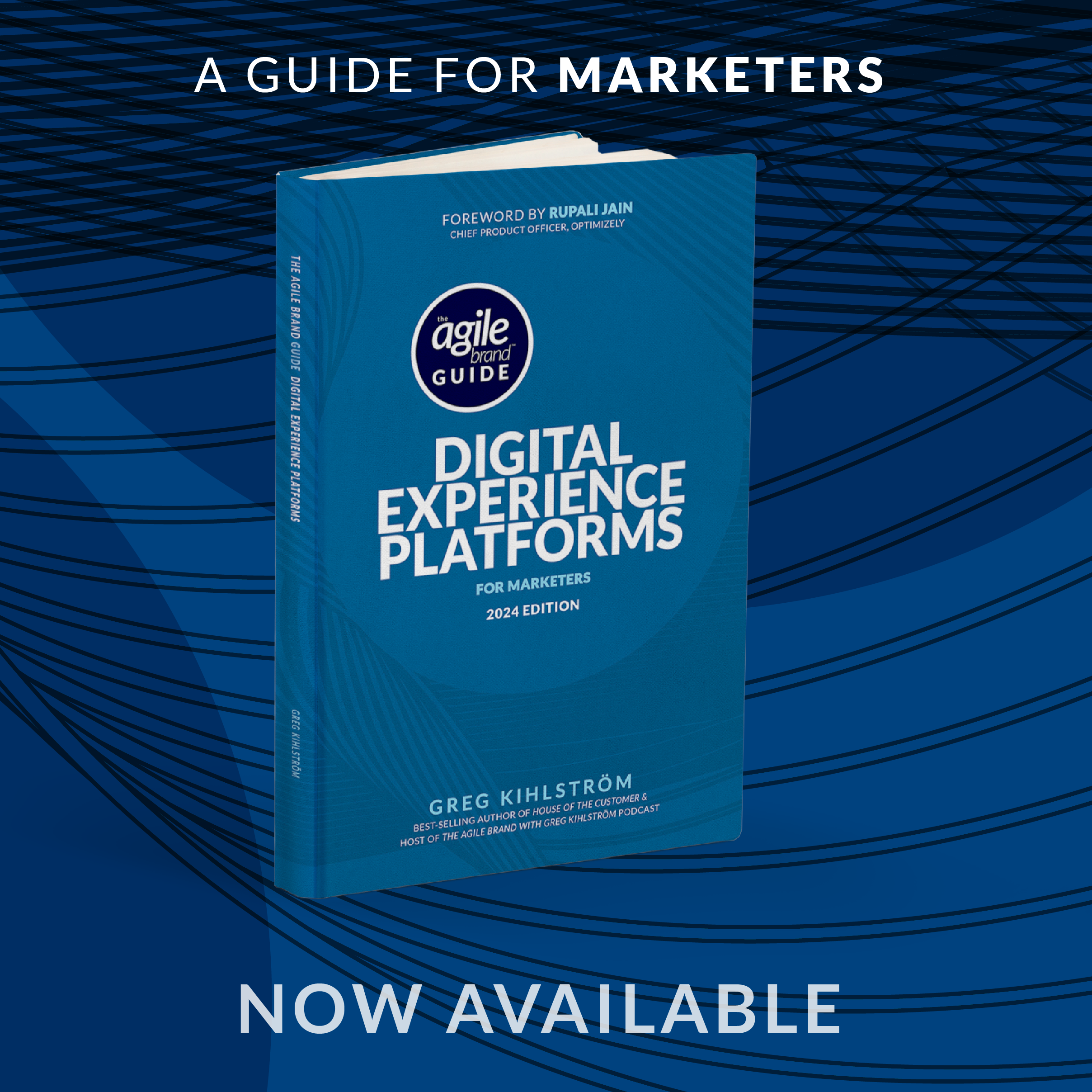This article was based on the interview with Cédric Chereau from EagleAI by Greg Kihlström, AI and MarTech keynote speaker for The Agile Brand with Greg Kihlström podcast. Listen to the original episode here:
The potential of artificial intelligence (AI) to transform customer experiences and drive business growth is immense. However, despite the vast amounts of data available, research indicates that only 20% of retailers are effectively leveraging this data through advanced analytics and AI. The key to unlocking the remaining 80% lies in the concept of end-to-end AI integration—a comprehensive approach that connects every facet of the data pipeline, from data collection to actionable insights. Let’s explore the importance of end-to-end AI integration in retail, the challenges that companies face in achieving it, and the benefits that can be realized through a holistic strategy.
The Importance of End-to-End AI Integration
End-to-end AI integration refers to the seamless connection of all components involved in the AI process, ensuring that data flows smoothly from collection to analysis and ultimately to execution. This holistic approach is crucial for several reasons:
Agility and Responsiveness: The retail environment is characterized by rapid changes in consumer preferences and market trends. An integrated AI system allows retailers to respond quickly to these changes by enabling real-time data analysis and execution. This agility is essential for maintaining a competitive edge and fostering customer loyalty.
Holistic View of Customer Data: Retailers often collect vast amounts of data from various sources, including loyalty programs, transaction histories, and customer interactions. An end-to-end integration allows businesses to analyze this data in a unified manner, providing a comprehensive view of customer behavior and preferences. Without this integration, insights may be fragmented, leading to missed opportunities for personalization and engagement.
Optimization of AI Capabilities: Predictive AI can significantly enhance customer experiences by delivering personalized offers and promotions. However, if a retailer has a sophisticated AI model but lacks the infrastructure to execute these offers effectively—such as limitations in point-of-sale (POS) systems—the potential of the AI remains unrealized. An end-to-end approach ensures that AI capabilities are not undermined by weak links in the execution process.
Challenges to Achieving End-to-End Integration
Despite the clear benefits of end-to-end AI integration, many retailers encounter significant barriers in their pursuit of this goal:
- Data Silos: Often, data is stored in separate systems that do not communicate with one another. This fragmentation creates silos that hinder the flow of information, making it difficult to leverage AI effectively across the organization.
- Legacy Systems: Many retailers still rely on outdated technology that is not designed to support advanced analytics or AI applications. Integrating new AI solutions with legacy systems can be complex and costly, deterring companies from pursuing a comprehensive approach.
- Lack of Expertise: Successfully implementing end-to-end AI integration requires specialized knowledge and skills in data science, machine learning, and systems architecture. Retailers may struggle to find or develop the necessary expertise to build and maintain an integrated AI infrastructure.
- Cultural Resistance: Organizational culture can also pose a challenge. Employees may be resistant to adopting new technologies or processes, especially if they are accustomed to traditional methods of operation. Overcoming this resistance requires a commitment to change management and training.
Benefits of End-to-End AI Integration
When retailers successfully implement end-to-end AI integration, they can reap numerous benefits:
- Enhanced Customer Experience: By utilizing a comprehensive understanding of customer data, retailers can deliver highly personalized experiences that resonate with individual consumers. This tailored approach can lead to increased customer satisfaction and loyalty.
- Increased Revenue Growth: Personalized marketing strategies powered by predictive AI can drive measurable revenue growth. Retailers who effectively execute targeted promotions and offers are more likely to see higher conversion rates and increased sales.
- Improved Operational Efficiency: An integrated AI system can streamline operations by automating processes and reducing manual intervention. This efficiency not only saves time but also allows employees to focus on higher-value tasks.
- Data-Driven Decision Making: With a unified view of data, retailers can make more informed decisions based on real-time insights. This data-driven approach enhances strategic planning and resource allocation.
Conclusion
End-to-end AI integration is crucial for retailers seeking to unlock the full potential of their data and drive business growth. By addressing the barriers to integration and embracing a holistic approach, retailers can enhance customer experiences, increase revenue, and improve operational efficiency. As the retail landscape continues to evolve, those who prioritize end-to-end AI integration will be better positioned to thrive in a competitive market, ultimately delivering greater value to their customers and stakeholders.











